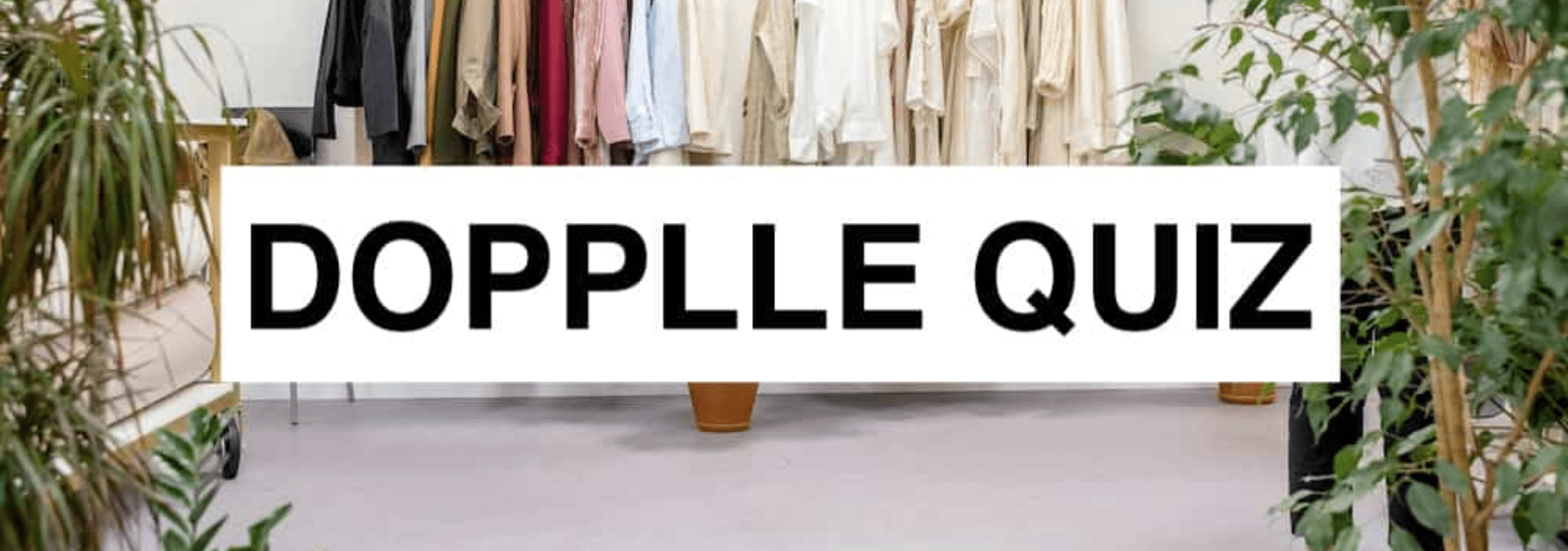07 Aug 7th August Dopplle Quiz!

This week’s blog post is slightly different! We have decided to run a quiz on our social media and then provide a blog post covering the question topics! Read below and learn something new. We hope you enjoyed our quiz and if you haven’t done it yet, head over to our Facebook or Instagram and click on our story to get involved.
Fast fashion
If you don’t know what fast fashion is, keep reading! Fast fashion is the increased consumption of clothes that are “trending” for a short amount of time, before they are thrown away or forgotten about, left in the back of a wardrobe. When shopping fast fashion, so many stores are unethical and not sustainable but you can avoid the ones that are the worst! Look at Re/make, Good On You or the Ethical Consumer to make an educated decision on where to shop! These fast fashion stores produce their clothing all over the world. Asia is the continent that produces the largest amount of fast fashion garments, including countries like China, Bangladesh, and India.

Factory workers and conditions – who really paid for your clothes?
Where do your clothes come from? Do you really know? Most clothes are made in factories with poor and inhumane working conditions while the brands selling the clothes do nothing to stop this. You may have paid £10 for a top but many workers are paying the price for working in the factories that made it. The average worker in a textile factory works 10-14 hours a day, in terrible conditions. Hazards they have within the workplace include inhumanely high temperatures, harmful chemicals with no proper ventilation system and physical violence from their superiors.
Clothing and landfill
When you arte tired of your clothes or they don’t ift you any more, what do you think the majority of the population do with them? Shockingly, in Britian alone around 113,220,000 kg of fashion textile waste ends up in landfill each year. When an item is bought, statistics show that it is worn on average 7 items before the owner gets rid of it. After learning this statistic, it is clear to see how much textile waste gets put into landfill if people are only wearing an item 7 times!

Second hand and pre loved items
Second hand clothing is becoming much more mainstream. Young people want to change the world and partly do that by shopping more mindfully and sustainably! Around 60% of millennials say they want to shop sustainably which is a step in the right direction – hopefully soon it will be 100%. The second hand clothing market is predicted to triple its value from 2019 to 2029, which will value it at almost $100 billion!
We hope you enjoyed today’s quiz and blog post! Send us a message on Instagram or Facebook and let us know how you did!


